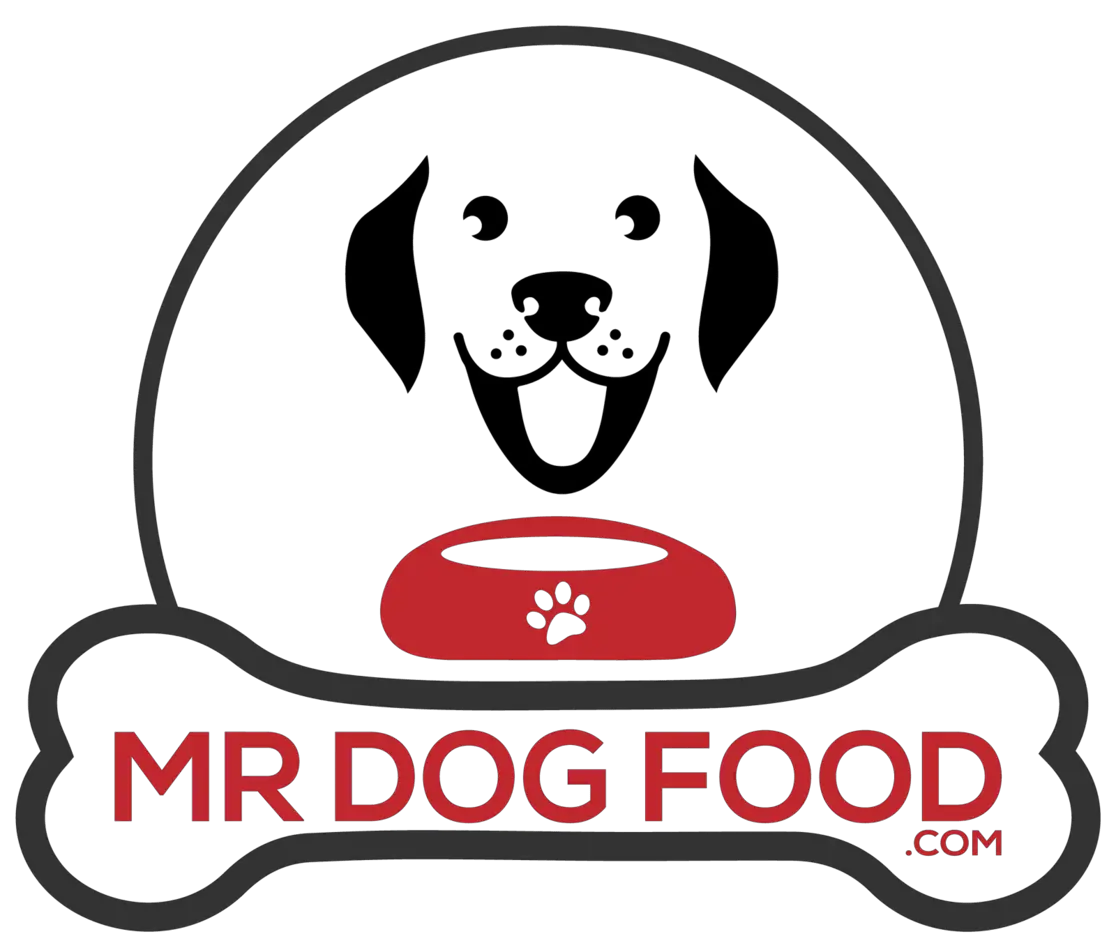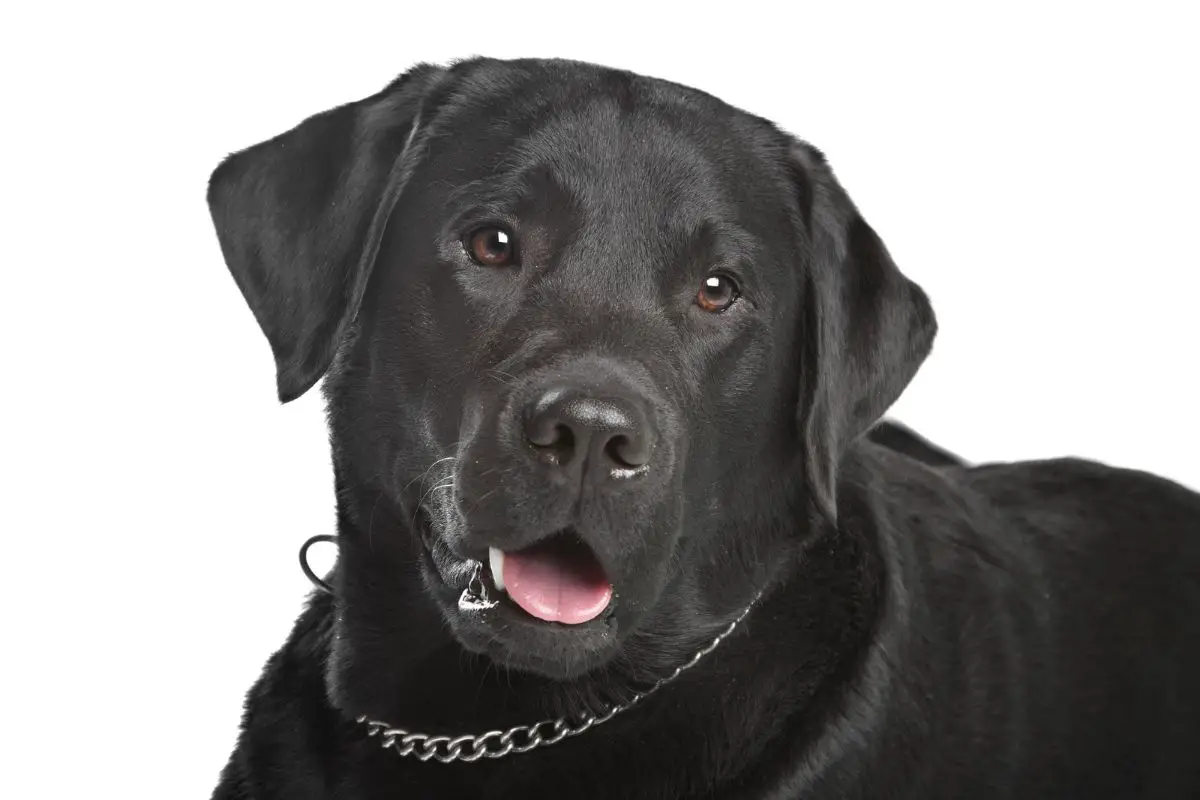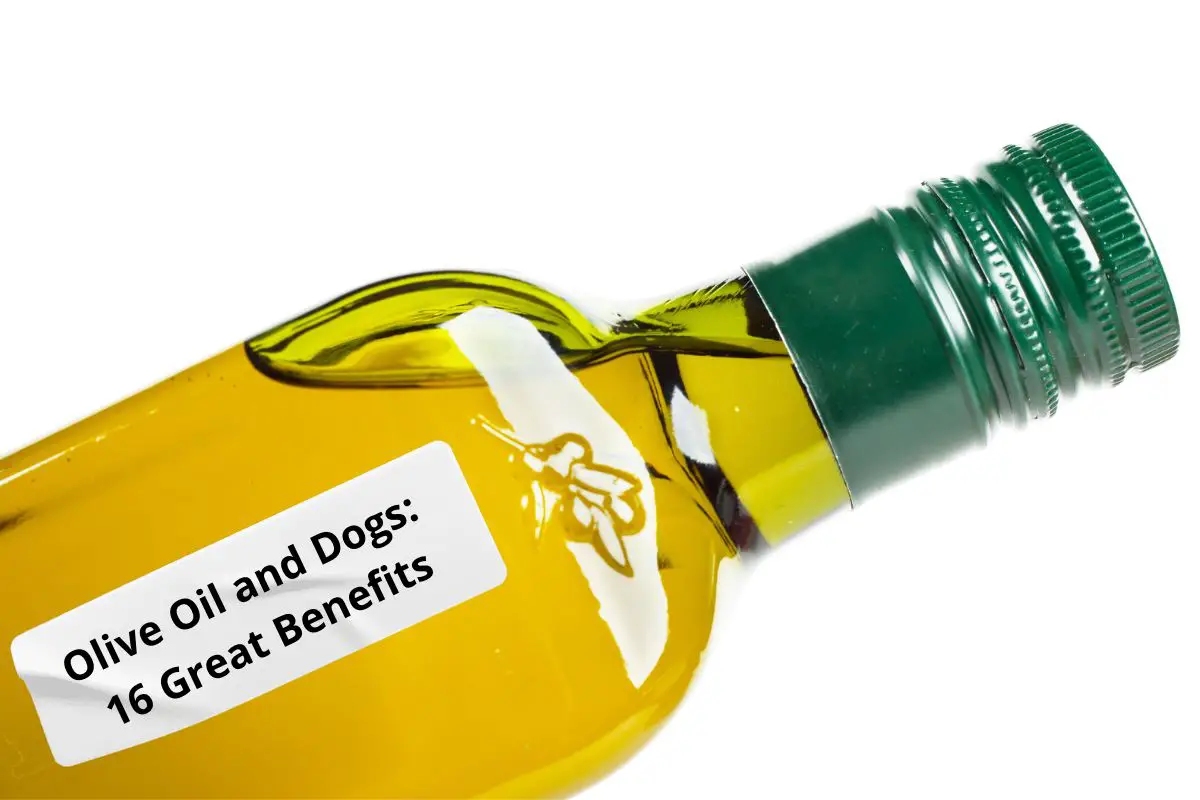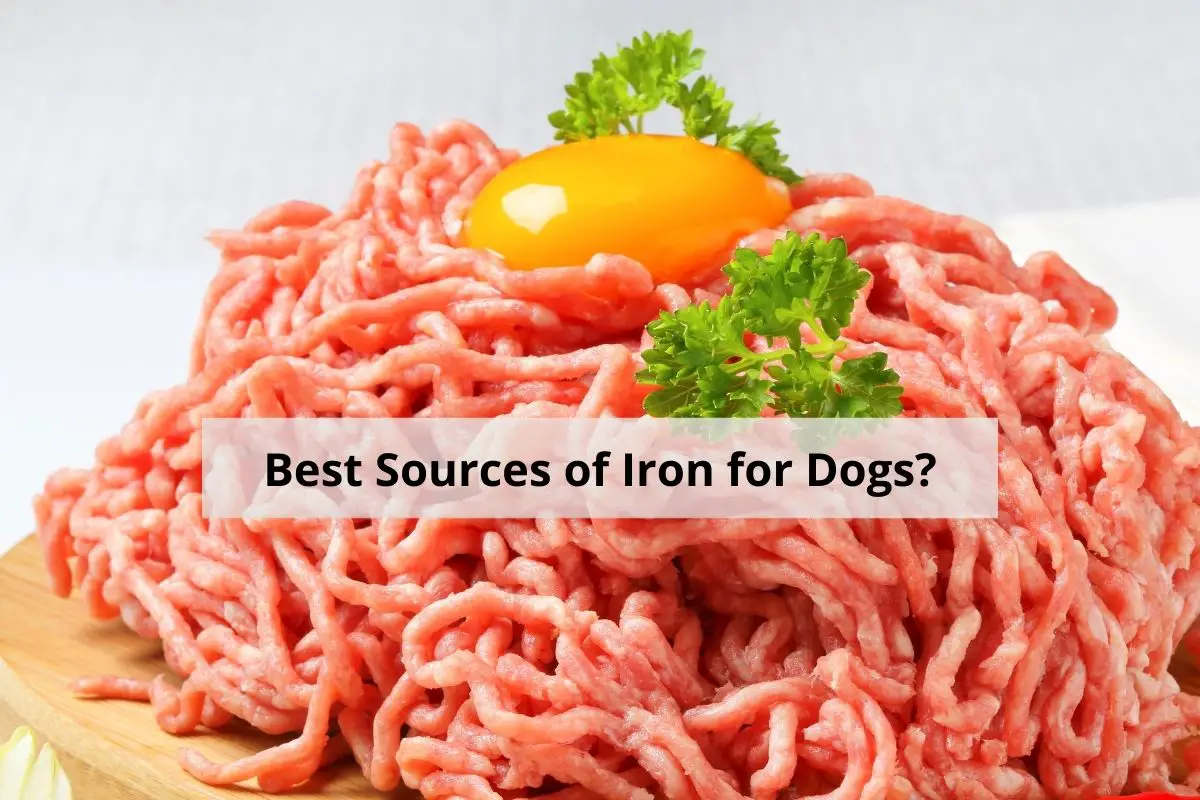This post contains affiliate links.
If you can solve the mystery of why dogs eat the strange things they do, dog lovers everywhere will be eternally grateful. Some objects dogs eat are disgusting—think diapers—and others are just odd, like a Q-tip. What should you do if your pooch eats a Q-tip?
If your dog ate a Q-tip, first, make sure it was a cardboard Q-tip. Secondly, figure out where the Q-tip had been and what it had been used for. If you can determine how thoroughly the tip was chewed, that is also helpful. Finally, monitor your dog for signs that the Q-tip is safely digested.
Knowing what to do when your pet eats something that he wasn’t supposed to can be reassuring, especially if your pooch isn’t a picky eater. Read on to find out how to best deal with the situation so that your pet doesn’t suffer from his odd eating habits.
Table of Contents
What to Do if Your Dog Eats a Q-Tip
The most important first step is to stay calm. In most cases, a dog eating a Q-tip will not be a serious problem. Here are three questions you need to ask yourself:
- What kind of Q-tip was it?
- How did your dog eat it?
- What are the signs I should call a vet?
What Kind of Q-Tip Was It?
Q-tips have two separate parts—the stick or handle (sometimes called applicator) and the cotton buds at the end of the applicator. The ends are cotton, which will be digested and pass through the digestive system, are not your primary worry.
More problematic is the construction of the handle. A handle made from paper will not pose the same level of risk as one made from plastic. The dog’s digestive system can also deal with paper.
However, a dog is unable to digest plastic. The standard advice is that smaller pieces of plastic will pass through the digestive system, but larger pieces will require some type of medical intervention. If your pet swallowed a plastic Q-tip, you might want to consider calling your vet.
How Did Your Dog Eat It?
Plastic is difficult to chew into smaller pieces. The Q-tip was more likely bent and swallowed, which is why medical intervention will be necessary.
If you have paper Q-tips in your home, you need to determine if your dog swallowed it whole or chewed it up. A chewed Q-tip is less likely to cause problems with intestinal blockage or perforation. Any sharp object that punctures a hole in the intestines will cause some of the contents to leak into the abdomen. If not dealt with quickly, this can lead to a deadly infection.
How to tell if your dog chewed up the Q-tip or swallowed it whole? How well do you know your dog? Is he an inhaler or a muncher? Do you see bits of Q-tip in the area? Rely on your knowledge of your pet to determine how much chewing occurred before your dog swallowed it.
What Was on the Q-Tip?
What was the Q-tip used for? Ear wax (yuck!) is nothing to worry about. But if it was used to apply or remove make-up, for cleaning, or in arts and crafts, you might have a reason to be concerned.
- Nail polish – Small amounts of dried nail polish are not a significant concern. Watch for an upset stomach and/or vomiting. Any dangerous chemicals in the polish would be in minute concentrations.
- Nail remover – Small amounts also not a serious concern.
- Glue – Instant glues like Gorilla glue can damage the intestines, but most likely, not enough was swallowed to make a difference. Certain glues will expand in the stomach, but your pet would need to consume more than what could be found on a handful—or mouthful—of Q-tips.
- Household cleaners – bleach can be dangerous, but household bleach is more of an irritant than industrial-strength bleach. Hydrogen peroxide can cause vomiting. Again, your dog will have to consume large amounts of the cleaners.
As you can see, unless your pooch also got into glue, bleach, or drank nail polish or remover, you should not worry too much about what was on the tips. Assuming the used Q-tips were in the trash can, other things are worrisome, such as cleaners.
Signs You Need to Call a Vet
Perhaps it’s after hours, or maybe you don’t have a regular vet and aren’t sure if the situation is that serious. If you start to see these signs, you should call a vet:
- Vomiting
- Abdominal swelling or pain
- Diarrhea or Constipation
- Lack of appetite
- Lethargy
Dogs with objects obstructing their stomach or intestines have difficulty keeping food or drink down and will frequently vomit. Due to this, they often become dehydrated.
Before you try to induce your dog to vomit, consider calling a vet for instructions on how to do so safely. Usually, a vet will recommend that you attempt to induce vomiting. But in the case of an object that can get stuck in the esophagus, the vet will advise that you bring the dog in.
How to Induce Vomiting
Before you try to induce vomiting, keep the following in mind:
- Inducing breeds short-snouted breeds like Pugs or Pekingese is dangerous because of the chance of causing aspiration pneumonia.
- If a dog is comatose or having seizures, do not try to induce vomiting.
- And if it has been more than six hours, it might be too late.
To induce vomiting in a dog, veterinarians will recommend that you use a 3% hydrogen peroxide solution. Follow these guidelines:
- A small meal can make vomiting more likely.
- Use the correct dosage. The recommended amount is 1 teaspoon for every 5 pounds, but no more than 3 tablespoons if your pet weighs over 45 pounds.
- Ideally, put the peroxide in a turkey baster or feeding syringe, pull back on your dog’s lips, and squirt behind his back teeth.
- Do not leave your dog alone while he vomits to make sure he does not ingest what was just thrown up. Collect some of the vomit in case the vet wants to analyze it.
Complications such as vomiting that lasts over half an hour, diarrhea, or bloat should be reported to a vet immediately.
Don’t attempt to get your dog to vomit using one of these techniques because they are unsafe:
- Salt. You should limit how much salt your dog has because excessive salt can lead to tremors, seizures, or a coma. (An unsteady gait is usually the first sign of salt poisoning.)
- Gagging. Dogs do not have the same gag reflex that we do, so sticking a finger down their throats can lead to damage to the pet’s throat or to your hand should your dog bite.
- Syrup of Ipecac. Using Ipecac to induce vomiting in humans is safe, but it can lead to difficulty breathing, an abnormal heart rhythm, or a drop in the heart rate.
If you want some additional guidance and can’t reach a vet, contact the ASPCA Poison Control Hotline.
How to Help the Dog Digest It
To help your pet digest the Q-tip, feed him soft, high fiber food. Canned pumpkin contains soluble fiber that adds bulk to the stool. Fiber also lowers the pH level in a dog’s guts, which stimulates healthy gut bacteria.
Please don’t overdo it. One to four tablespoons of pumpkin per meal is plenty. And make sure you are feeding him canned pumpkin—not pumpkin pie mix, which might contain toxic ingredients, including xylitol.
Prevention Is the Best Cure
This is easier said than done because dogs have this uncanny ability to get into anything they aren’t supposed to.
First, if you have plastic Q-tips, either get rid of them or put them someplace where your dog cannot reach them. Only keep cardboard Q-tips in the bathroom.
Buy a Dog Proof Trash Can
There is only so much you can do to keep your pooch out of the bathroom. Sooner or later, the door will be left out. Your dog will be digging through the trash and who knows what they will find tasty. Maybe it’s time to look into something that your pet cannot get into.
Here are three choices:
- Sterilite 12.6 Gallon Locking Wastebasket – Dogs that want to get into trash will be determined. A step-on wastebasket won’t stop a dog willing to knock the can over. This Sterilite Wastebasket has a pet-proof lock. If it is too large for your bathroom, consider getting one for your kitchen.
- iTouchless 4 Gallon Sensor Trash Can – This is the smaller version of the iTouchless 13-gallon can. Both feature a touchless opening system and a pet-proof latch. The odor control system will reduce the likelihood that your dog will sniff out the goodies in the can.
- Simplehuman Butterfly Lid Bathroom Step Can – This can is the right size for your bathroom. Even if your dog figures out how to open the can, the butterfly lid will help keep his nose out of the can.
Bottom Line
If your dog eats a Q-tip, stay calm. A paper Q-tip will most likely be digested and pass through your dog’s digestion. Keep an eye on your pet, and if you see unusual behavior, contact the vet. Remember to stay calm; dogs are quite resilient. Veterinarians were able to save this dog that had swallowed a coat hanger, so your pooch will most likely survive a Q-tip.
Related Articles
- Your Dog Ate Your AirPods: Here’s What To Do About It
- Your Dog Ate Spoiled Meat? Here’s What to Do About It
Sources
- Aspen Meadow Vet: My Dog Eats Everything!
- Canine HQ: My Dog Ate a Q-Tip – What to Do Next
- Our Fit Pets: My Dog Ate Q-Tips – What Should I Do?
- The Happy Puppy Site: My Dog Ate Plastic
- Pets Best: How to Make Your Dog Vomit in an Emergency
- AKC: Can Pumpkin Help with Dog Diarrhea?
Mrdogfood.com is a participant in the Amazon Services LLC Associates Program, an affiliate advertising program designed to provide a means for sites to earn advertising fees by advertising and linking to Amazon.com. We also participate in other affiliate programs which compensate us for referring traffic.




